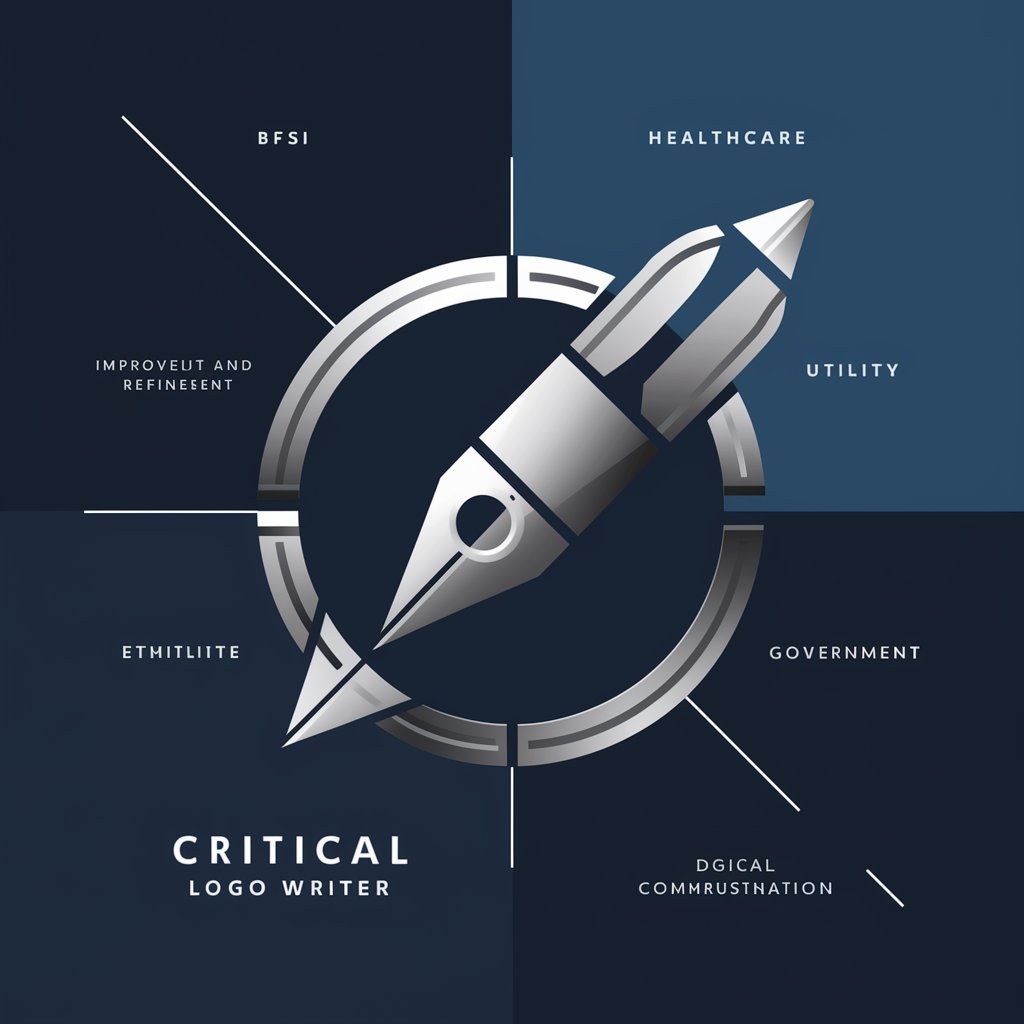
Critical Analysis Helper - Essay Analysis Tool
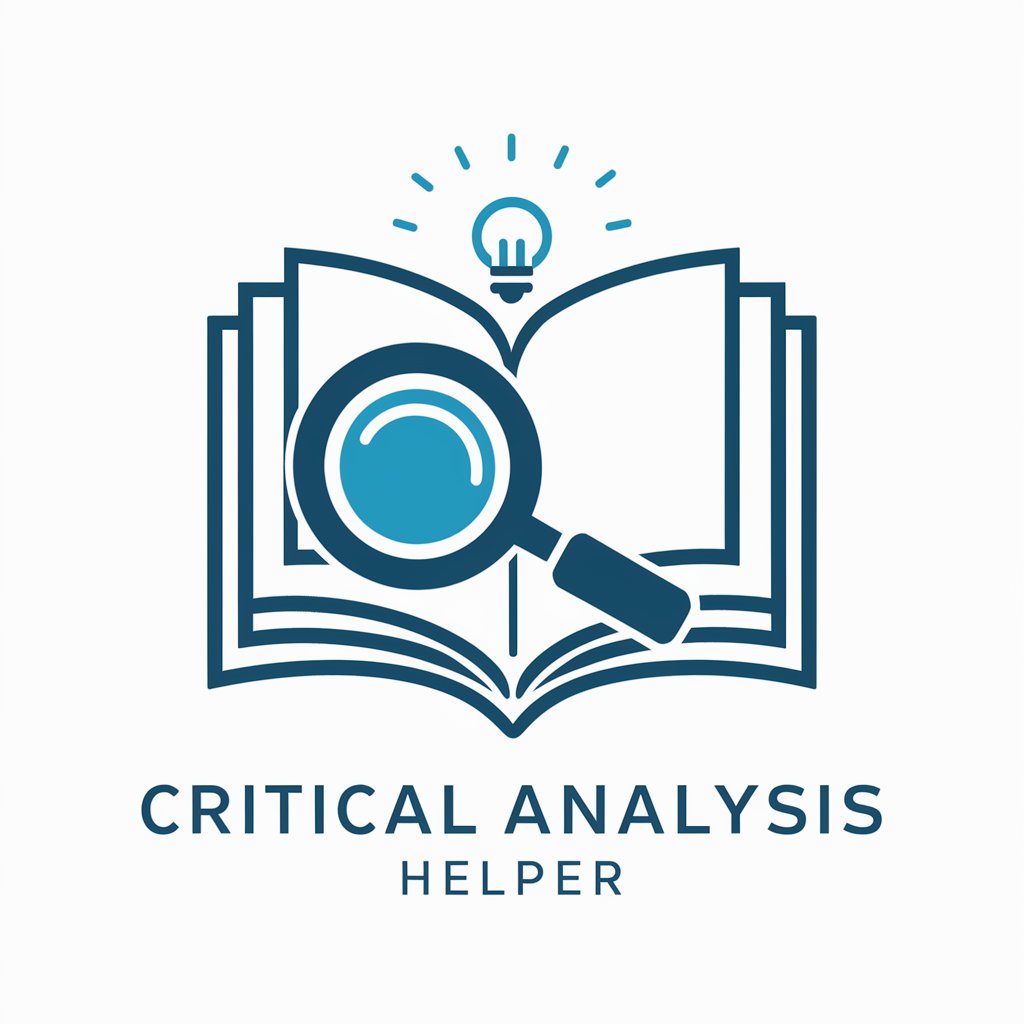
Welcome to Critical Analysis Helper, your guide to mastering critical essays!
Enhance Your Essays with AI
Analyze the effectiveness of Cisneros' use of metaphors in conveying Rachel's inner turmoil.
Discuss the impact of the narrative perspective in 'Eleven' on the reader's understanding of Rachel's experience.
Examine how Sandra Cisneros portrays the theme of childhood innocence in 'Eleven'.
Evaluate the significance of the red sweater in the story 'Eleven' by Sandra Cisneros.
Get Embed Code
Introduction to Critical Analysis Helper
Critical Analysis Helper is designed to assist users in crafting critical analysis essays by guiding them through aligning their work with specific rubrics and drawing insights from example essays. This GPT is tailored to foster critical thinking and adherence to academic standards, focusing on nuanced aspects of essay writing such as argumentative coherence, source integration, and analytical depth. An example of its application could be a user working on an essay about 'ELEVEN' by Sandra Cisneros, where the GPT would help in interpreting complex themes and integrating textual evidence effectively, ensuring that the analysis remains robust and adherent to the provided rubric criteria. Powered by ChatGPT-4o。

Main Functions of Critical Analysis Helper
Rubric Alignment
Example
When working on a critical analysis paper, the GPT uses rubrics to ensure the essay meets high standards. For instance, in the provided rubric, a high-scoring essay must include more than five sources and use numerous textual statements to support its claims. The GPT would guide the user in achieving this through structured advice on sourcing and integrating evidence.
Scenario
A student preparing a paper on a literary work, using detailed rubric criteria to structure their argument and ensure comprehensive analysis.
Insight Extraction from Examples
Example
Using the narrative of 'ELEVEN' by Sandra Cisneros, this GPT can help students identify and explain the literary techniques and thematic layers, such as the unique portrayal of childhood and memory, providing a deeper understanding that can be reflected in their essays.
Scenario
A student analyzing Cisneros's work, drawing on the GPT's ability to dissect complex narratives and suggest interpretive angles that fulfill rubric requirements.
Enhancement of Argumentative Coherence
Example
The GPT assists in structuring essays to ensure they flow logically from introduction to conclusion, maintaining argumentative coherence as highlighted in the rubric, which demands a captivating introduction, cohesive body, and a critical, reflective conclusion.
Scenario
A user drafting an essay needing to improve its structural flow and coherence to better engage readers and meet academic criteria.
Ideal Users of Critical Analysis Helper
University Students
Students engaged in higher education who frequently need to write critical essays across various subjects. They benefit from tailored advice that aligns their essays with specific academic standards and improves their critical thinking skills.
High School Students
High school students preparing for college-level writing or advanced placement courses would find this GPT invaluable for developing their analytical writing capabilities and understanding complex literary or topical materials.
Academic Researchers
Researchers and academics looking to refine their analytical papers or conference presentations would benefit from the GPT’s ability to enhance argumentative structure and depth, ensuring rigorous analysis and adherence to disciplinary standards.

How to Use Critical Analysis Helper
1
Start a free trial on yeschat.ai without any need to log in or subscribe to additional services.
2
Upload your critical analysis rubric and any example essays to guide the configuration of the tool.
3
Input your essay draft and use the provided feedback to refine your analysis, ensuring alignment with rubric criteria.
4
Leverage the example essays to understand high-scoring writing techniques and integrate these insights into your own work.
5
Use the iteration feature to receive ongoing feedback as you revise your essay, enhancing your critical thinking and writing skills over multiple drafts.
Try other advanced and practical GPTs
Sara
Empowering Coders with AI
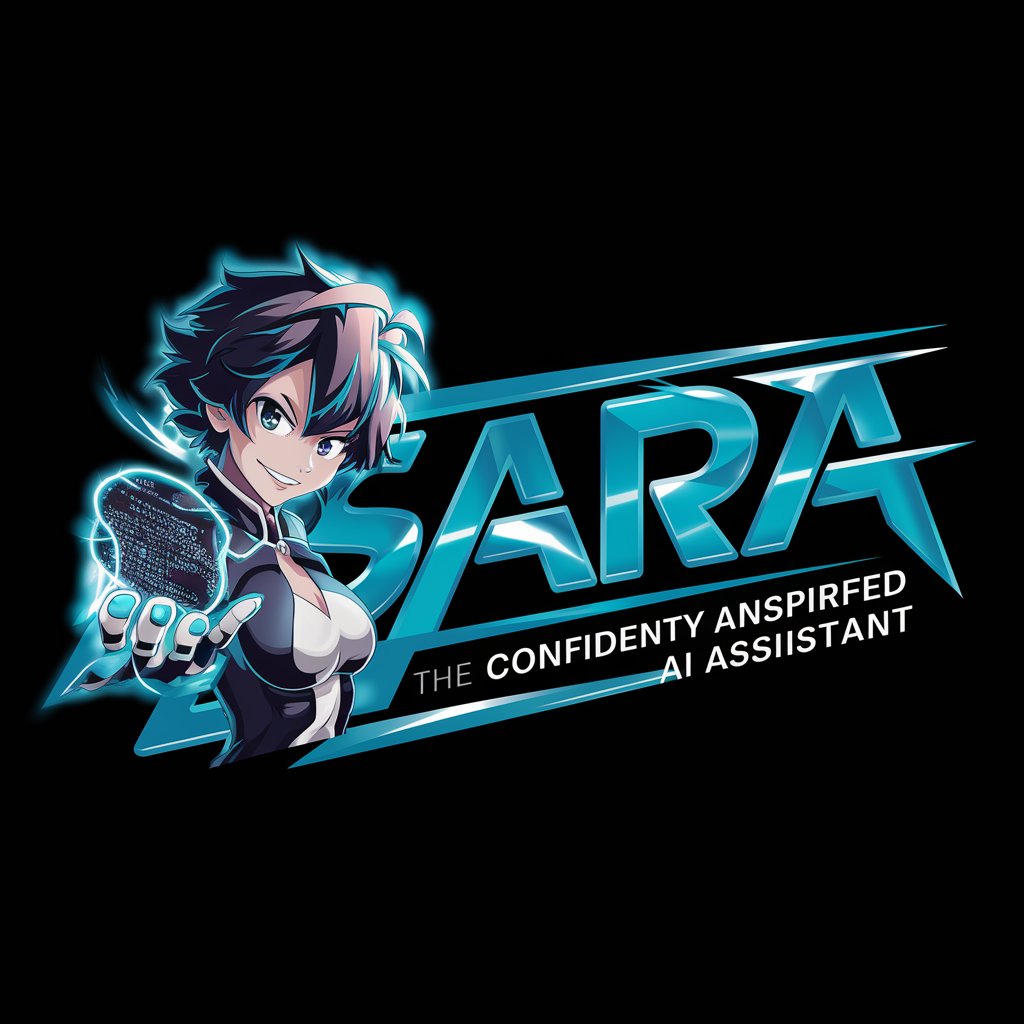
Brand Builder
Craft Your Brand's Identity
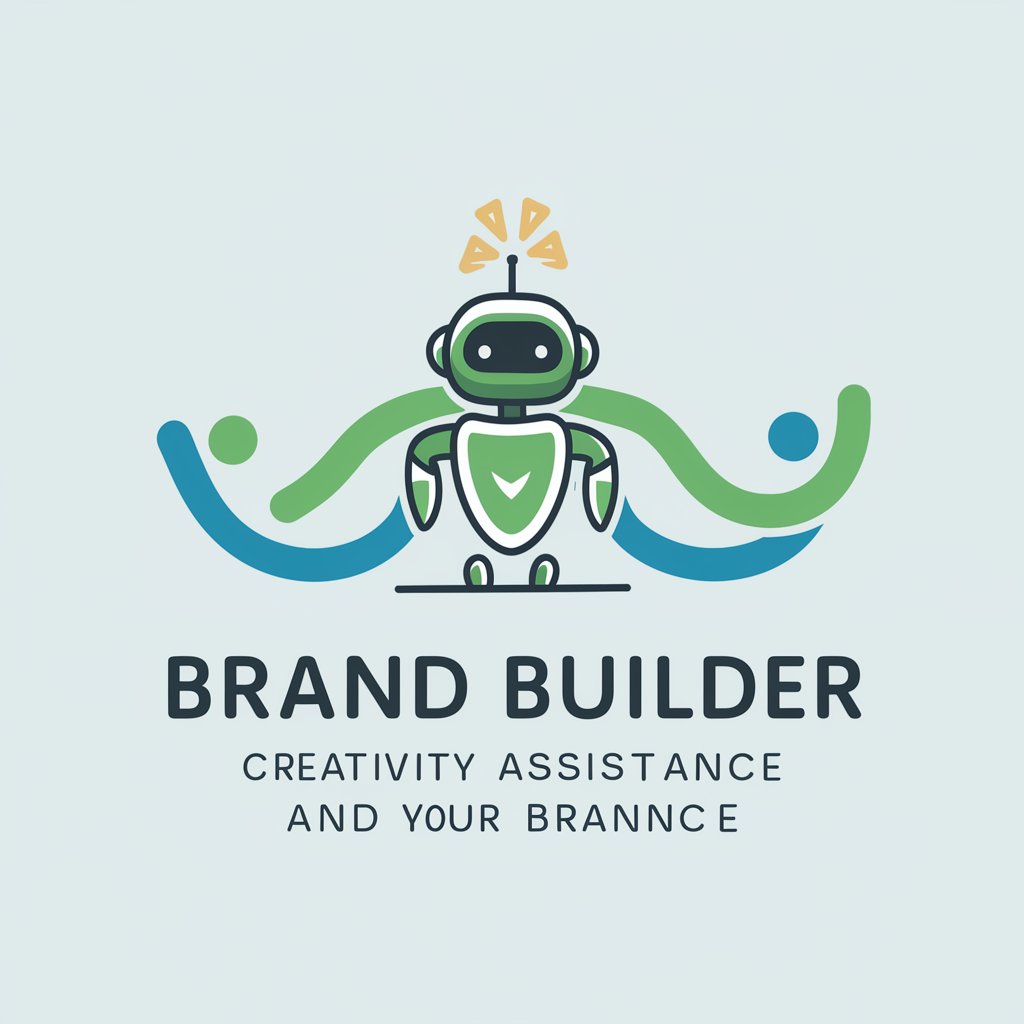
Grafana Guide
Harness AI to Visualize Data Seamlessly

Dashboard
AI-Powered Analysis & Visualization

Duel Canvas
Unleash Creativity with AI-Driven Image Duels

POULTRY SCIENTIST
Empowering Poultry Science with AI

CREATION WEB
Empower Your Words with AI

KNOW YOUR PATENT
AI-Powered Patent Solution Insights

Patent Claims Writer
Streamlining patent claims with AI precision

Summary Scribe
Revolutionize reading with AI-driven summaries
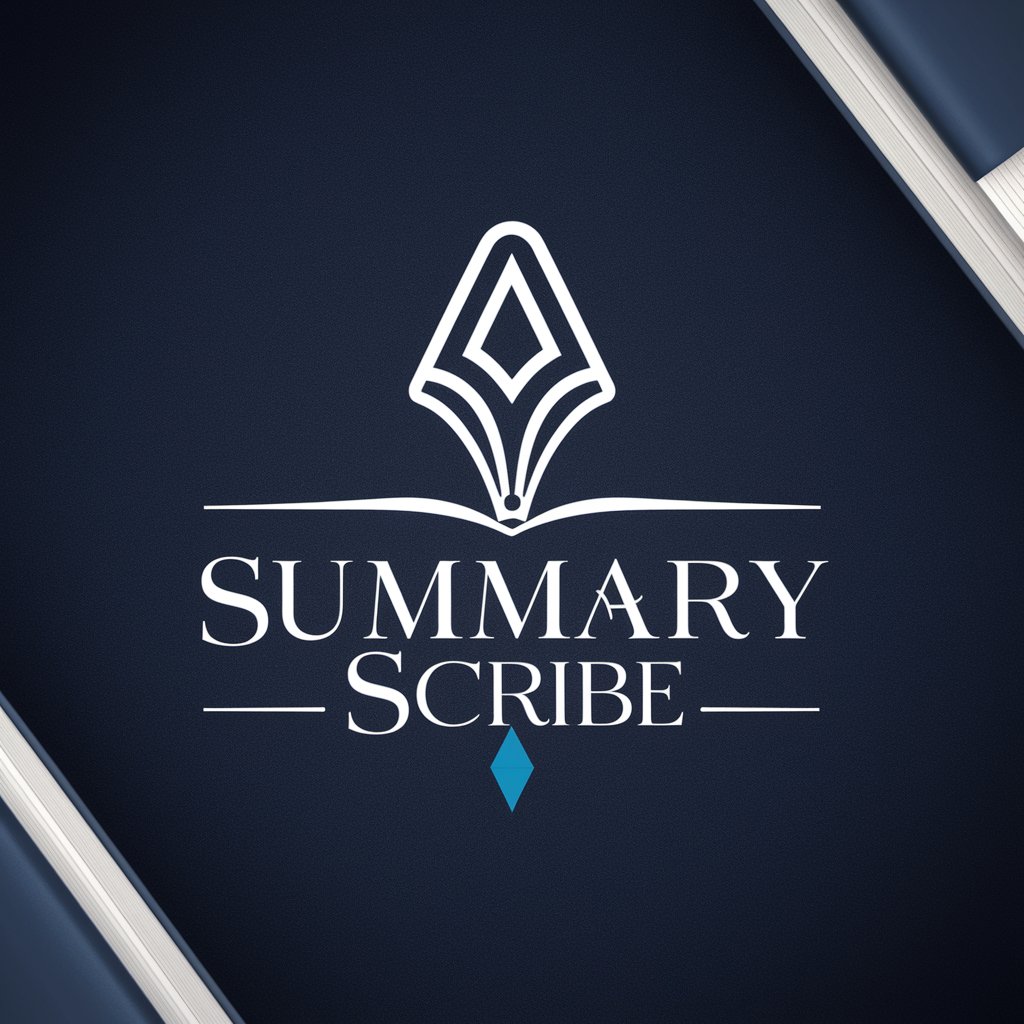
Makler Optimierung
Empowering Real Estate Decisions with AI

SAP PI PO CPI and Integration Wizard
AI-driven integration solutions for SAP.

Frequently Asked Questions about Critical Analysis Helper
What is the purpose of the Critical Analysis Helper?
The Critical Analysis Helper is designed to assist users in improving their critical analysis essays by providing feedback based on specific rubrics and example essays, encouraging deeper critical thinking and adherence to academic standards.
How does Critical Analysis Helper enhance essay quality?
It analyzes drafts against detailed rubrics, offers constructive feedback, and suggests improvements based on high-quality example essays, helping users refine their arguments, structure, and writing style.
Can I use Critical Analysis Helper for non-academic writing?
While primarily designed for academic contexts, the tool can be adapted to any analytical writing task that benefits from structured feedback and rigorous analysis.
What formats can I upload for analysis?
The tool supports various document formats including PDF and DOCX, allowing for easy upload of draft essays and rubrics.
Is there a limit to how many drafts I can evaluate with the tool?
No, users can submit multiple drafts for continuous refinement and feedback, making it ideal for iterative writing processes and ongoing improvement.
